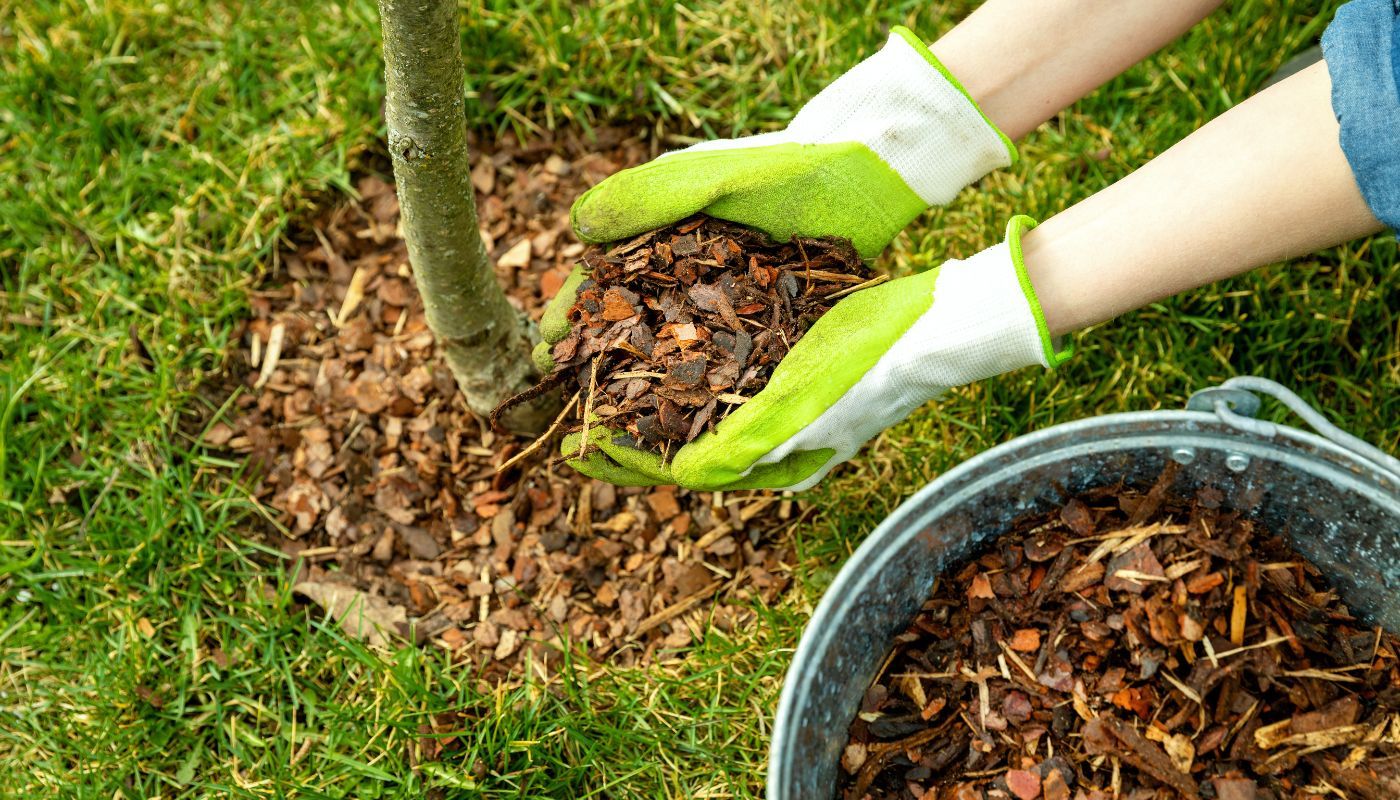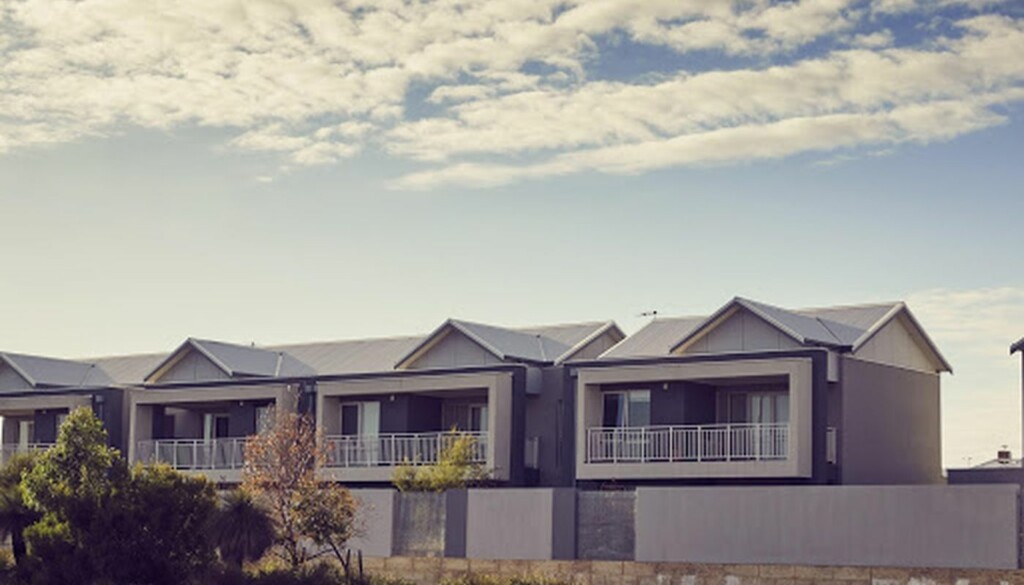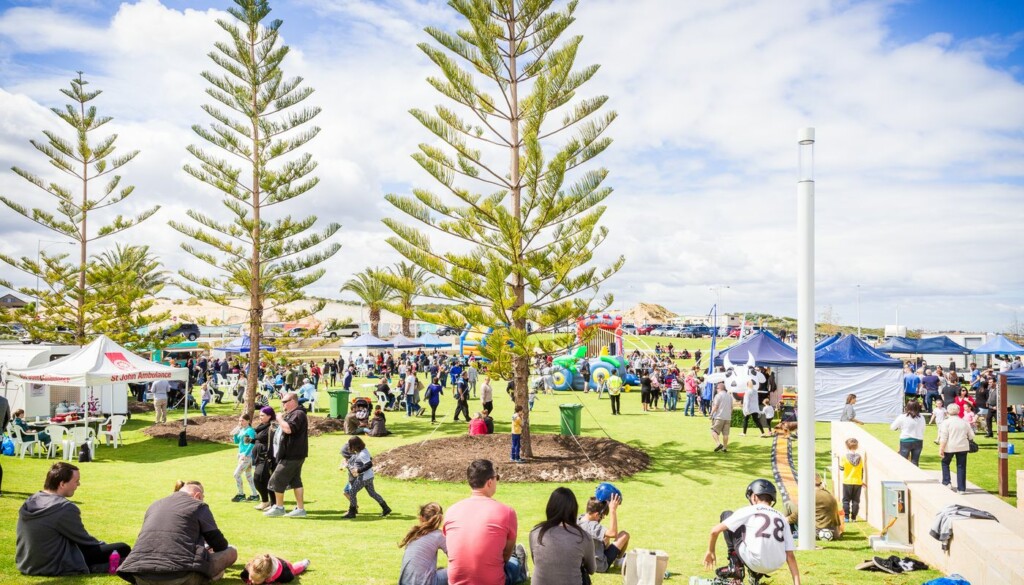LD Total's top tips for maintaining your new garden
Industry News
LD Total's top tips for maintaining your new garden
News

It’s a challenge when your kids move out of home. Initially, there’s a sense of relief – finally, the peace and quiet you’ve been waiting for! But after a while, what was once a bustling family home can feel empty or become harder to maintain.
At this point, friends and family might broach the subject of downsizing. If you’re finding yourself a little hesitant to downsize, it’s worth considering the many benefits. Downsizing won’t just make your space easier to maintain, the funds that will free up as a result of moving to a smaller home could allow you to upgrade your location, up your lifestyle, and even help your kids to build a home.
Downsizing is a big decision that requires a lot of thought. Luckily, we’re here to offer some helpful tips about what to consider, and we’ll also let you in on why buying land in a masterplanned community is a great option for those nearing retirement.

Is it time for you to downsize?
Let’s take a look at each of these in more detail.
1. START THE DOWNSIZING PROCESS EARLY
You may not be ready for retirement right now, so downsizing might seem far in the future. However, even if you’re not ready to downsize just yet, it’s helpful to start considering options now. The process of putting your current home up for sale, finding somewhere new to move to and moving everything into a smaller space takes time and energy.
Start by getting a valuation of your existing home to find out how much it’s worth. This will help you establish a budget so you know what you can afford to buy. Next, research potential locations and how much property or land costs in these areas. Don’t forget that by downsizing you could free up a lot of spare cash, so may have more to play with than you think. Talk to your family and friends about what they recommend – you’re not alone in the decision-making process.
2. THINK BEYOND THE STANDARD DOWNSIZING PLAN
The traditional way of downsizing involves moving from a larger family house into a smaller home that requires less maintenance. However, there could be alternative options …
When you have a clear idea in your mind of the kind of place you want to live in but can’t seem to find that dream home anywhere, building it might be the way to go. You can buy land in a masterplanned community and then build a property to move into. You’ll be joining a growing community that provides access to a whole host of social activities and amenities.
3. CONSIDER BUILDING A NEW HOME
Many empty nesters choose to move into a pre-built home, but as we mentioned, building can be a good alternative. You’ll have the opportunity to work closely with your builder and the developer (us!) to construct a home that meets your needs.

Buying land in a master-planned community is a great alternative to standard downsizing options.
Should you or your partner require a customised home, for example, a home with wheelchair-friendly features, you may need to renovate an established property and this can mean long waits for council approvals and costly expenses. When you build your own home, these kinds of facilities can be worked into the design of the building from the outset.
For example, as we lose mobility with age, it’s more important than ever to have an ergonomic layout and floor plan, and when you build new you can factor these elements in. You can build a home without steps or levels and that allows easy access to key areas in the home to make things simpler for yourselves, as well as any friends and relatives. It’s also easier to incorporate safety features – so you won’t need to worry as much about any young grandchildren.
In addition, building gives you the option to create the home you want – whether that’s one with open plan living, extra study space or a garage for storage. Established homes may not necessarily come with all these elements, so opting for a new build gives you greater flexibility and freedom.
4. REMAIN CLOSE TO FAMILY AND FRIENDS
Wherever you choose to move to, where your loved ones are located should be a factor in your decision. If you have children who are about to start families of their own, you’ll want to ensure you’re close by to play the role of grandparent. While it can be nice to have some space, knowing your family and good friends are just a short commute away will give you reassurance, as you’ll know you can be there when they need a helping hand – and they’ll also be there for you when you want some company or need help around the house or garden.
Moving close to family and friends will also ensure a smoother moving process, as they’ll be able to help you out with transporting furniture and other items, and setting up your new home.

When deciding on a location to downsize to, make sure it’s close to family and friends.
5. DO A SPRING CLEAN
Storage is an important factor to think about when downsizing. If you’ve been living in a large family home, you’ll likely have a lot of unused furniture lying around: bedside tables, desks, wardrobes and beds that are only used when people come to visit. You’ll be amazed at how much stuff you have that you don’t need anymore!
It’s time to to start sorting through everything. Decluttering your home is a great way to figure out just how much you have, and can be a cathartic experience that will help you start fresh. Get your children to take anything they’d like to keep, and then get rid of all the rest. You could host a garage sale or give any unwanted items to charity.
6. CONSIDER STORAGE OPTIONS
There will, however, be a lot of things that you can’t – or don’t want to – get rid of. You might have certain items or family heirlooms that hold sentimental value – sports trophies, photo albums, books, and so on. They may not all fit into your new home, so it pays to look into storage options.

When you downsize, there are some sentimental items you’ll want to hang on to.
Perhaps you can store some things in a garage. Alternatively, your kids or other family members might be willing to store items for you. Here are a few other potential steps you can take to ensure you won’t feel too cramped in your new home:
7. THINK CAREFULLY ABOUT LOCATION
When you decide to downsize, the question of where is very important. Take your time to think through what you love about where you currently live, and what you don’t. Consider the following questions:
8. CHOOSE AN ENVIRONMENT THAT WILL MAKE YOU HAPPY
Walks on the beach, taking a relaxing stroll through parks and reserves – what do you like about living in your area that you wouldn’t want to lose? It’s important to think about the things that make your current life so wonderful and that make you feel happy.
If you enjoy living in the middle of all the action, you probably won’t want to move to a rural location. However, if you enjoy being close to the bush or the beach, you’ll also want to make sure that you still have access to these places when you downsize. When you move to a masterplanned community, you’ll get the best of both worlds. You’ll be close to everything you need (see point #9!), but you’ll be surrounded by beautiful green spaces, walking paths and parks to ensure you get a healthy dose of nature.

Masterplanned communities have plenty of green spaces for residents to enjoy.
9. CONSIDER AMENITIES YOU’LL NEED CLOSE BY
Think about what amenities you want to be close to when you move into a new home. Depending on your needs, these could be things such as:
One of the perks of living in a masterplanned community is that they are located close to employment hubs and public transport routes that connect you to the amenities you need.
10. DON’T FORGET THE IMPORTANCE OF A FRIENDLY NEIGHBOURHOOD
Emotionally, it can be very difficult to move away from a neighbourhood you’ve been a part of for so long to make a fresh start somewhere new. However, this is also a chance to forge new connections, friendships and establish a new community.
When you buy land in a masterplanned community, you’re entering a growing neighbourhood where communal spaces and events bring people together regularly, making the transition so much easier. Satterley’s masterplanned communities are designed to bring people together through shared amenities, activities and spaces.
At Satterley, we understand that having a sense of belonging and community is so important. That’s why we put community at the centre of everything we do. Our in-house community development teams in each of our masterplanned communities in Western Australia, Victoria and Queensland bring residents together through free events, initiatives and community groups.
11. GET SOME ASSISTANCE
When it comes time to make the move, you’re going to need a bit of help. After all, when you’ve been living in the one home for decades there’ll be a lot of stuff! Ask your friends or family to pitch in with cleaning, packing and transporting your things, and hire a removalist to transport the heavy furniture you can’t fit into a car. If you have pets, arrange for someone to take care of them during the move, or book them into a kennel or cattery to avoid the additional stress of making sure they’re looked after while you’re organising everything.
Buying land as part of a planned community can be your path to downsizing to a home that suits your lifestyle. To find out more about downsizing to a masterplanned community, browse our range of land options today.